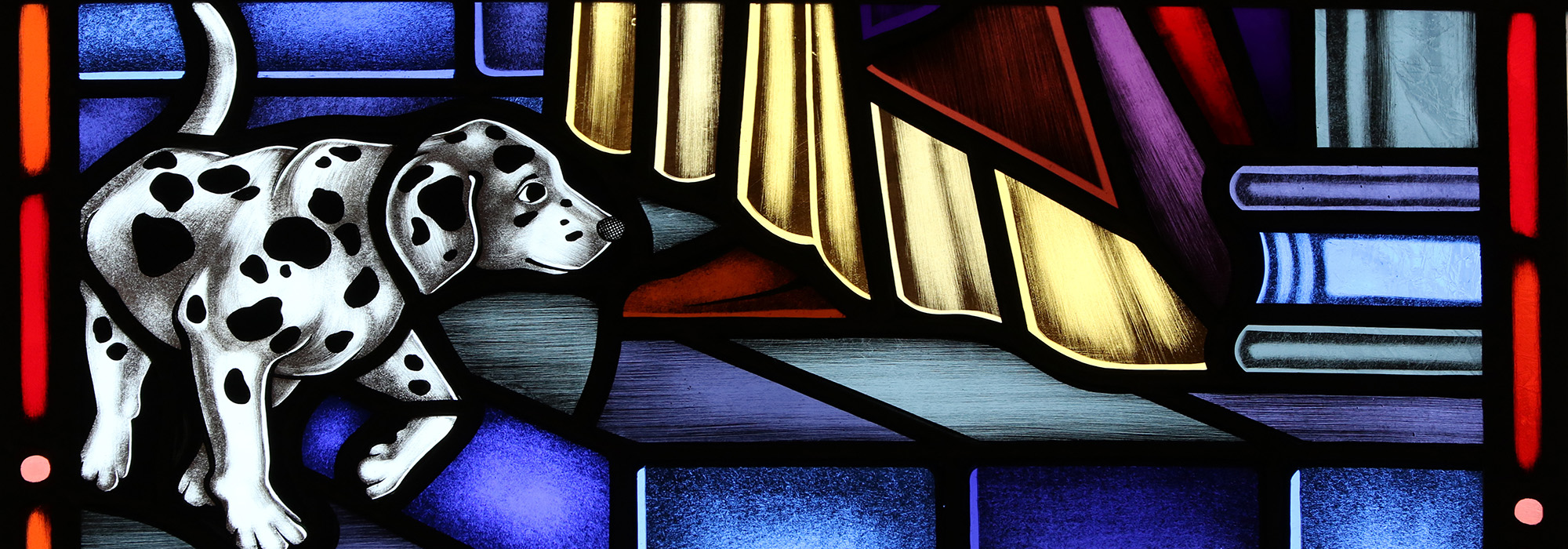
Transfiguration
 Along with hundreds of thousands of pilgrims, over the last couple of weeks, I’ve done my fair share of mountain climbing. In my case, first on the Polish-Slovak border, before World Youth Day and afterwards in Styria, Austria. Beyond the spectacular vistas, one of the beautiful things about the mountains is the quiet. There is a stillness which is conducive to prayer, and a sense of the beauty of the Father’s creation in nature. Our Lord, Peter, John, and James went there to pray, but the latter three were to behold more than they bargained for.
Along with hundreds of thousands of pilgrims, over the last couple of weeks, I’ve done my fair share of mountain climbing. In my case, first on the Polish-Slovak border, before World Youth Day and afterwards in Styria, Austria. Beyond the spectacular vistas, one of the beautiful things about the mountains is the quiet. There is a stillness which is conducive to prayer, and a sense of the beauty of the Father’s creation in nature. Our Lord, Peter, John, and James went there to pray, but the latter three were to behold more than they bargained for.
The three disciples saw and understood fully for the first time that Jesus is at once one of the prophets and the one that was prophesied by them; and that he is God, and lives eternally and manifests Himself in a blaze of powerful, radiant light. Thus He came both to fulfil scripture and to make it new.
St. Thomas Aquinas gives over a whole section in his Summa Theologiae to this event in which he draws on the writings of the Church Fathers. Echoing the Venerable Bede, he writes that it was fitting that Christ should reveal his glory at the Transfiguration so that the disciples would know the purpose of their journey: eternal joy in heavenly glory in which our bodies will be transformed. For this reason, Thomas declares that the Transfiguration was “the greatest miracle” because it complemented baptism and revealed the perfection of life in Heaven. Though we have not seen the event like the disciples, today we are challenged to contemplate this miraculous revelation and make it our own. The mind boggles, and so it should.


